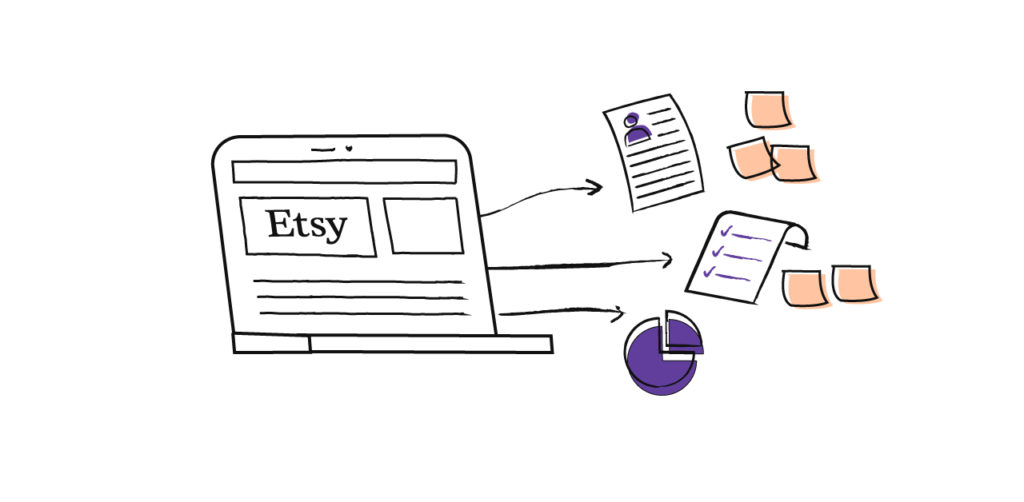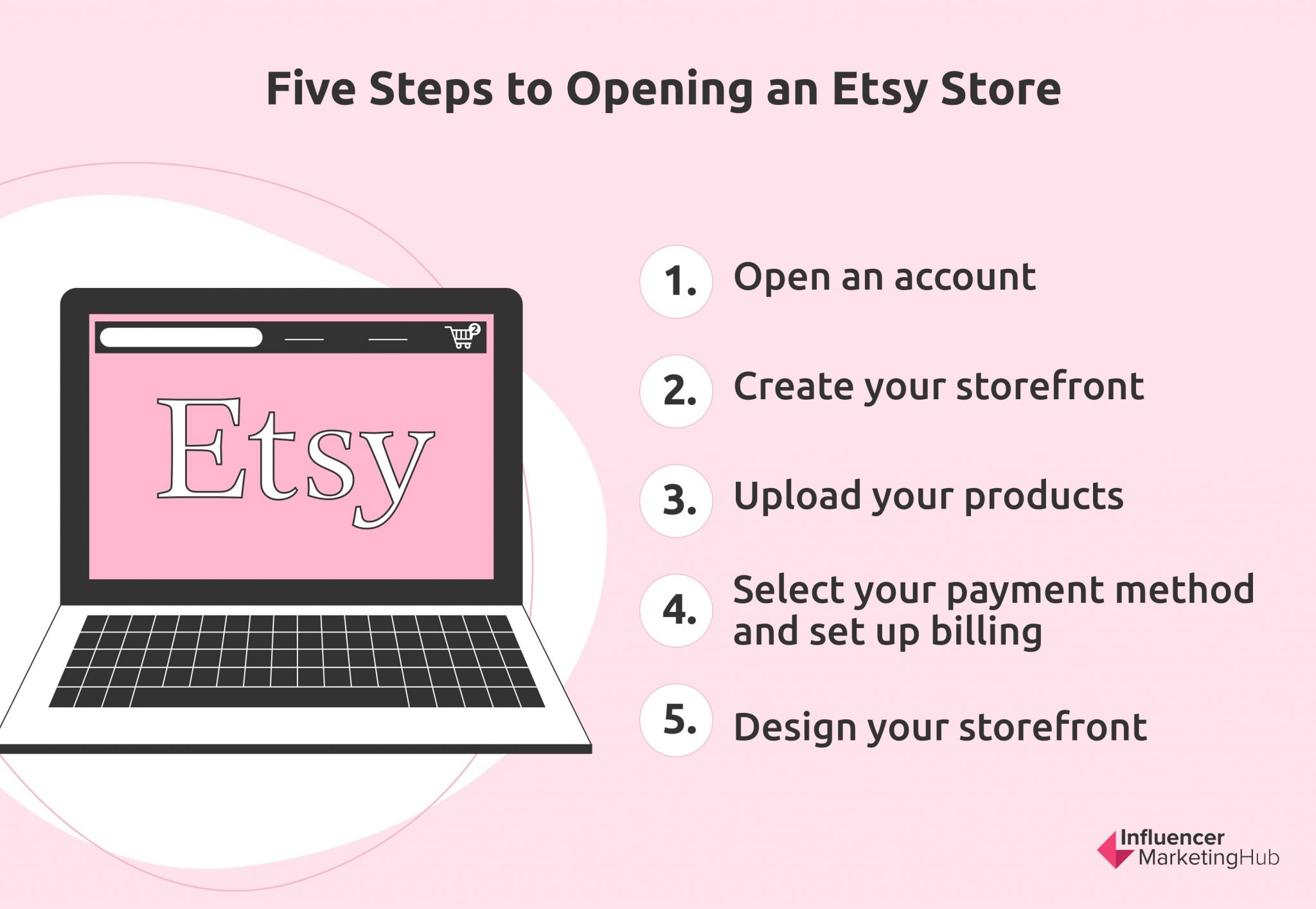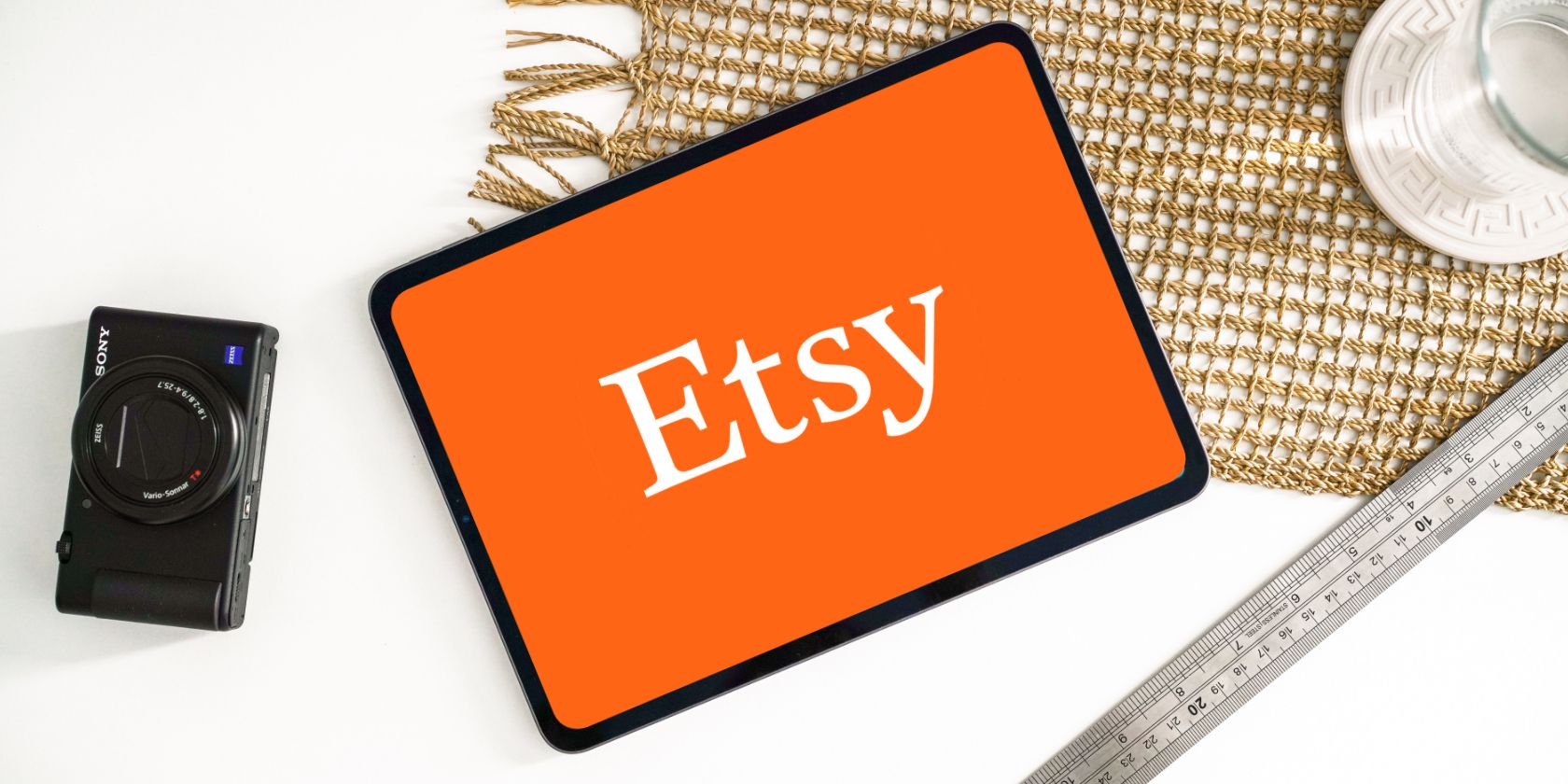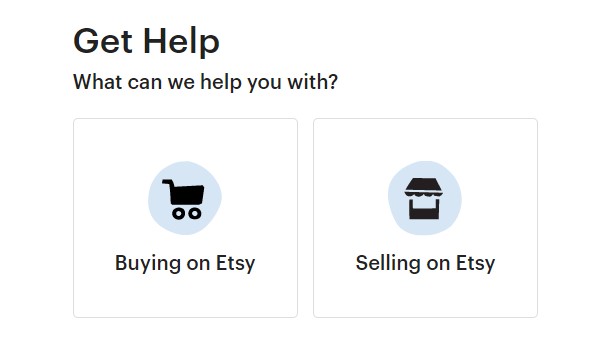Understanding the Risks of Counterfeit Products on Etsy
The rise of online marketplaces has made it easier for consumers to find unique and handmade products from independent sellers. However, this convenience comes with a risk: the proliferation of counterfeit products. Etsy, a popular online marketplace for handmade and vintage items, is not immune to this problem. In fact, the question “does Etsy sell fake stuff” is a common concern among buyers. Counterfeit products can be found in various categories on Etsy, from fake designer handbags and jewelry to counterfeit artwork and collectibles.
Counterfeit products can have serious consequences for both buyers and sellers. For buyers, purchasing a counterfeit product can result in financial loss and damage to their reputation. For sellers, engaging in counterfeiting can lead to account suspension, fines, and even legal action. Moreover, the presence of counterfeit products on Etsy can erode trust among buyers and damage the platform’s reputation.
Verifying the authenticity of products is crucial to avoiding counterfeit items on Etsy. Buyers should research the seller, read reviews, and check the product description carefully before making a purchase. Sellers, on the other hand, must ensure that their products are genuine and comply with Etsy’s policies and procedures. By taking these precautions, buyers and sellers can help prevent counterfeiting on Etsy and ensure a safe and authentic shopping experience.
According to Etsy’s own estimates, the platform has over 90 million active buyers and sellers. With such a large user base, it’s not surprising that counterfeit products can slip through the cracks. However, Etsy has implemented various measures to prevent counterfeiting, including a reporting system for suspicious listings and a team dedicated to removing counterfeit products from the platform.
Despite these efforts, counterfeit products continue to be a problem on Etsy. In recent years, several high-profile cases of counterfeiting have made headlines, highlighting the need for greater vigilance among buyers and sellers. By understanding the risks of counterfeit products on Etsy and taking steps to prevent them, buyers and sellers can help create a safer and more authentic marketplace.
How to Spot a Fake: Red Flags to Watch Out for on Etsy
When shopping on Etsy, it’s essential to be aware of the potential for counterfeit products. While Etsy has implemented various measures to prevent counterfeiting, it’s still crucial for buyers to be vigilant. So, how can you spot a fake on Etsy? Here are some red flags to watch out for:
Suspiciously low prices: If a product is significantly cheaper than similar items on Etsy or other online marketplaces, it may be a counterfeit. Be wary of prices that seem too good to be true.
Poor product images: Counterfeiters often use low-quality images or steal images from other websites. Look for images that are blurry, poorly lit, or appear to be taken from a different angle.
Inconsistent product descriptions: Counterfeiters may not provide detailed or accurate product descriptions. Be cautious of descriptions that seem vague or contradictory.
No or few reviews: Counterfeiters may not have any reviews or may have fake reviews. Look for sellers with a history of positive reviews and a high rating.
Unusual payment methods: Counterfeiters may request payment through unusual methods, such as wire transfer or gift cards. Be cautious of sellers who request payment outside of Etsy’s payment system.
Missing or fake certifications: Counterfeiters may claim that their products have certifications or licenses that they don’t actually have. Look for certifications from reputable organizations and verify them with the organization.
By being aware of these red flags, buyers can reduce their risk of purchasing counterfeit products on Etsy. However, it’s essential to remember that even with these precautions, counterfeit products can still slip through the cracks. That’s why it’s crucial to report suspicious listings and work with Etsy to prevent counterfeiting.
So, does Etsy sell fake stuff? Unfortunately, yes, counterfeit products can be found on Etsy. However, by being vigilant and taking the necessary precautions, buyers can minimize their risk and ensure a safe and authentic shopping experience.
Etsy’s Policies on Counterfeit Products: What You Need to Know
Etsy takes the issue of counterfeit products seriously and has implemented various policies and procedures to prevent and address counterfeiting on its platform. So, what happens when a counterfeit product is reported on Etsy?
According to Etsy’s policies, buyers can report suspicious listings by clicking on the “Report this item” button on the product page. Etsy’s team will then review the report and take action if necessary. If a listing is found to be counterfeit, it will be removed from the platform, and the seller may face penalties, including account suspension or termination.
Etsy also has a system in place for removing counterfeit products from its platform. When a counterfeit product is reported, Etsy’s team will work with the buyer and seller to resolve the issue. If the seller is found to be engaging in counterfeiting, they may be required to provide proof of authenticity or face penalties.
In addition to its reporting and removal processes, Etsy also provides guidance for buyers on how to avoid counterfeit products. Etsy’s website includes a section on “Avoiding Counterfeit Items” that provides tips and advice for buyers on how to spot fake products and avoid scams.
So, does Etsy sell fake stuff? While counterfeit products can be found on Etsy, the platform is taking steps to prevent and address counterfeiting. By understanding Etsy’s policies and procedures, buyers can better protect themselves from counterfeit products and ensure a safe and authentic shopping experience.
It’s worth noting that Etsy’s policies on counterfeit products are subject to change, and buyers should always check the platform’s website for the most up-to-date information. By staying informed and vigilant, buyers can help prevent counterfeiting on Etsy and ensure a safe and authentic shopping experience for all.
Real-Life Examples: Exposing Fake Products on Etsy
In recent years, several high-profile cases of counterfeiting have been exposed on Etsy. One notable example is the case of a seller who was found to be selling fake designer handbags, including Louis Vuitton and Chanel. The seller had created fake listings and was using stolen images to make the products appear authentic. However, buyers began to notice that the products were not genuine and reported the seller to Etsy.
Another example is the case of a seller who was selling fake jewelry, including fake Tiffany & Co. and David Yurman pieces. The seller had created fake listings and was using fake packaging and documentation to make the products appear authentic. However, buyers began to notice that the products were not genuine and reported the seller to Etsy.
In both cases, Etsy took swift action to remove the fake listings and suspend the sellers’ accounts. The platform also worked with the buyers to provide refunds and resolve the issue.
These cases highlight the importance of verifying the authenticity of products before making a purchase on Etsy. Buyers should always research the seller, read reviews, and check the product description carefully before making a purchase. Sellers should also ensure that their products are genuine and comply with Etsy’s policies and procedures.
The consequences for sellers who engage in counterfeiting on Etsy can be severe. In addition to having their accounts suspended or terminated, sellers may also face fines and penalties. In some cases, sellers may even face legal action.
So, does Etsy sell fake stuff? While counterfeit products can be found on Etsy, the platform is taking steps to prevent and address counterfeiting. By understanding the risks of counterfeiting and taking steps to protect themselves, buyers can ensure a safe and authentic shopping experience on Etsy.
It’s worth noting that Etsy’s efforts to prevent counterfeiting are ongoing, and the platform is continually working to improve its policies and procedures to prevent fake products from being sold on its site.
Protecting Yourself: Tips for Buying Authentic Products on Etsy
When shopping on Etsy, it’s essential to take steps to protect yourself from counterfeit products. Here are some tips to help you buy authentic products on Etsy:
Research the seller: Before making a purchase, research the seller to ensure they are reputable and trustworthy. Check their reviews, ratings, and feedback from other buyers.
Read reviews: Read reviews from other buyers to get an idea of the seller’s reputation and the quality of their products. Be wary of fake reviews or reviews that seem overly positive.
Verify product authenticity: Check the product description and images to ensure they are accurate and authentic. Look for red flags such as poor image quality, inconsistent product descriptions, or suspiciously low prices.
Check for certifications: Check if the product has any certifications or licenses from reputable organizations. This can help ensure the product is genuine and meets certain standards.
Be cautious of new sellers: New sellers may not have a established reputation on Etsy, so be cautious when buying from them. Check their reviews and feedback from other buyers before making a purchase.
Use Etsy’s payment system: Etsy’s payment system provides an added layer of protection for buyers. It allows you to pay for your purchase through Etsy, rather than directly to the seller.
By following these tips, you can reduce your risk of buying counterfeit products on Etsy and ensure a safe and authentic shopping experience.
So, does Etsy sell fake stuff? While counterfeit products can be found on Etsy, the platform is taking steps to prevent and address counterfeiting. By being aware of the risks and taking steps to protect yourself, you can ensure a safe and authentic shopping experience on Etsy.
The Role of Sellers in Preventing Counterfeiting on Etsy
Sellers play a crucial role in preventing counterfeiting on Etsy. As the platform’s policies clearly state, sellers are responsible for ensuring the authenticity of their products. This means that sellers must take steps to verify the legitimacy of their suppliers, manufacturers, or creators to guarantee that their products are genuine. Failure to do so can result in severe consequences, including account suspension or termination.
One of the primary ways sellers can prevent counterfeiting is by conducting thorough research on their suppliers. This includes verifying the supplier’s physical address, contact information, and business licenses. Sellers should also be wary of suppliers who offer unusually low prices or have poor online reviews. Additionally, sellers can use tools like Google Images to check for identical product images, which can be a red flag for counterfeiting.
Sellers must also comply with Etsy’s policies and procedures for dealing with counterfeit products. This includes responding promptly to reports of counterfeit products and cooperating with Etsy’s investigations. Sellers who fail to comply with these policies risk facing penalties, including the removal of their listings and suspension of their accounts.
Furthermore, sellers can take proactive steps to prevent counterfeiting by clearly disclosing the materials, ingredients, or components used in their products. This transparency can help build trust with buyers and reduce the risk of counterfeiting. Sellers can also use Etsy’s built-in features, such as the “Materials” and “Description” fields, to provide detailed information about their products.
While Etsy does sell some fake stuff, the platform is taking steps to prevent counterfeiting. However, sellers must also do their part to ensure the authenticity of their products. By taking these steps, sellers can help maintain a safe and authentic shopping experience on Etsy, which benefits both buyers and sellers alike.
Ultimately, preventing counterfeiting on Etsy requires a collaborative effort between the platform, sellers, and buyers. By working together, we can create a marketplace where buyers can trust the products they purchase, and sellers can build successful businesses without the risk of counterfeiting.
What to Do If You’ve Bought a Fake Product on Etsy
Discovering that you’ve purchased a counterfeit product on Etsy can be frustrating and disappointing. However, there are steps you can take to report the issue and seek a resolution. If you suspect that you’ve bought a fake product, it’s essential to act quickly to minimize any potential damage.
The first step is to contact the seller directly and express your concerns. Provide the seller with evidence of the product’s authenticity, such as a receipt or a certificate of authenticity. Be polite and professional in your communication, as this can help to resolve the issue amicably. If the seller is unresponsive or uncooperative, you can escalate the issue to Etsy’s customer support team.
Etsy has a clear policy on counterfeit products, and they take reports of fake items seriously. To report a suspicious listing, go to the listing page and click on the “Report this item” button. Select “Counterfeit” as the reason for reporting, and provide as much detail as possible about the issue. Etsy’s team will review the report and take action to remove the listing and suspend the seller’s account if necessary.
If you’ve already paid for the product, you may be eligible for a refund or replacement. Etsy’s payment system, Etsy Payments, offers buyer protection, which can help to resolve disputes and provide refunds. To initiate a refund, go to the “Purchases” section of your Etsy account and click on the “Help with order” button. Follow the prompts to request a refund or replacement.
It’s worth noting that while Etsy does sell some fake stuff, the platform is taking steps to prevent counterfeiting. However, buyers must also be vigilant and take steps to protect themselves. By reporting suspicious listings and seeking refunds or replacements, buyers can help to maintain a safe and authentic shopping experience on Etsy.
In addition to reporting the issue to Etsy, you can also leave feedback for the seller. This can help to warn other buyers about the seller’s practices and prevent further instances of counterfeiting. When leaving feedback, be honest and provide specific details about the issue.
Finally, if you’ve been a victim of counterfeiting on Etsy, you can also report the issue to the relevant authorities, such as the Federal Trade Commission (FTC) or your local consumer protection agency. This can help to prevent further instances of counterfeiting and protect other buyers from falling victim to the same scam.
Conclusion: Ensuring a Safe and Authentic Shopping Experience on Etsy
As the online marketplace continues to grow, ensuring the authenticity of products on Etsy is crucial for both buyers and sellers. While Etsy does sell some fake stuff, the platform is taking steps to prevent counterfeiting and protect its users. By understanding the risks of counterfeit products, identifying red flags, and following Etsy’s policies, buyers can make informed purchasing decisions and avoid falling victim to counterfeiting.
Sellers also play a critical role in preventing counterfeiting on Etsy. By ensuring product authenticity, complying with Etsy’s policies, and providing transparent information about their products, sellers can build trust with buyers and maintain a positive reputation on the platform.
To ensure a safe and authentic shopping experience on Etsy, buyers should always research sellers, read reviews, and verify product authenticity before making a purchase. Additionally, buyers should be aware of the signs of counterfeiting, such as suspiciously low prices, poor product images, and inconsistent product descriptions.
By working together, buyers and sellers can create a marketplace where authenticity is valued, and counterfeiting is minimized. Etsy’s commitment to preventing counterfeiting and protecting its users is evident in its policies and procedures. By following these guidelines and being mindful of the risks of counterfeiting, buyers and sellers can ensure a safe and authentic shopping experience on Etsy.
In conclusion, authenticity matters on Etsy, and it’s essential for both buyers and sellers to prioritize it. By taking the necessary steps to prevent counterfeiting and protect users, Etsy can maintain its reputation as a trusted online marketplace. Remember, if a deal seems too good to be true, it probably is. Always verify the authenticity of products before making a purchase, and report any suspicious activity to Etsy’s customer support team.
By being aware of the risks of counterfeiting and taking steps to prevent it, buyers and sellers can ensure a safe and authentic shopping experience on Etsy. With its unique marketplace and commitment to authenticity, Etsy can continue to thrive as a platform for creative entrepreneurs and buyers alike.








